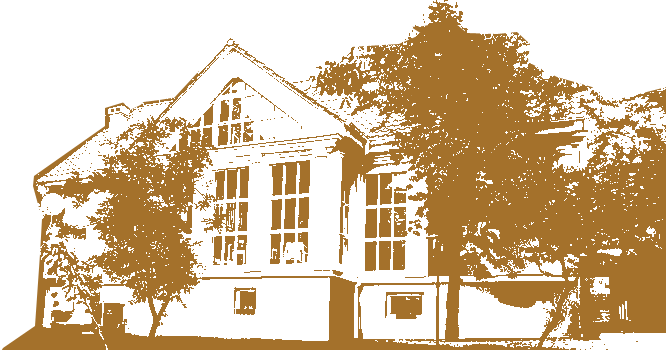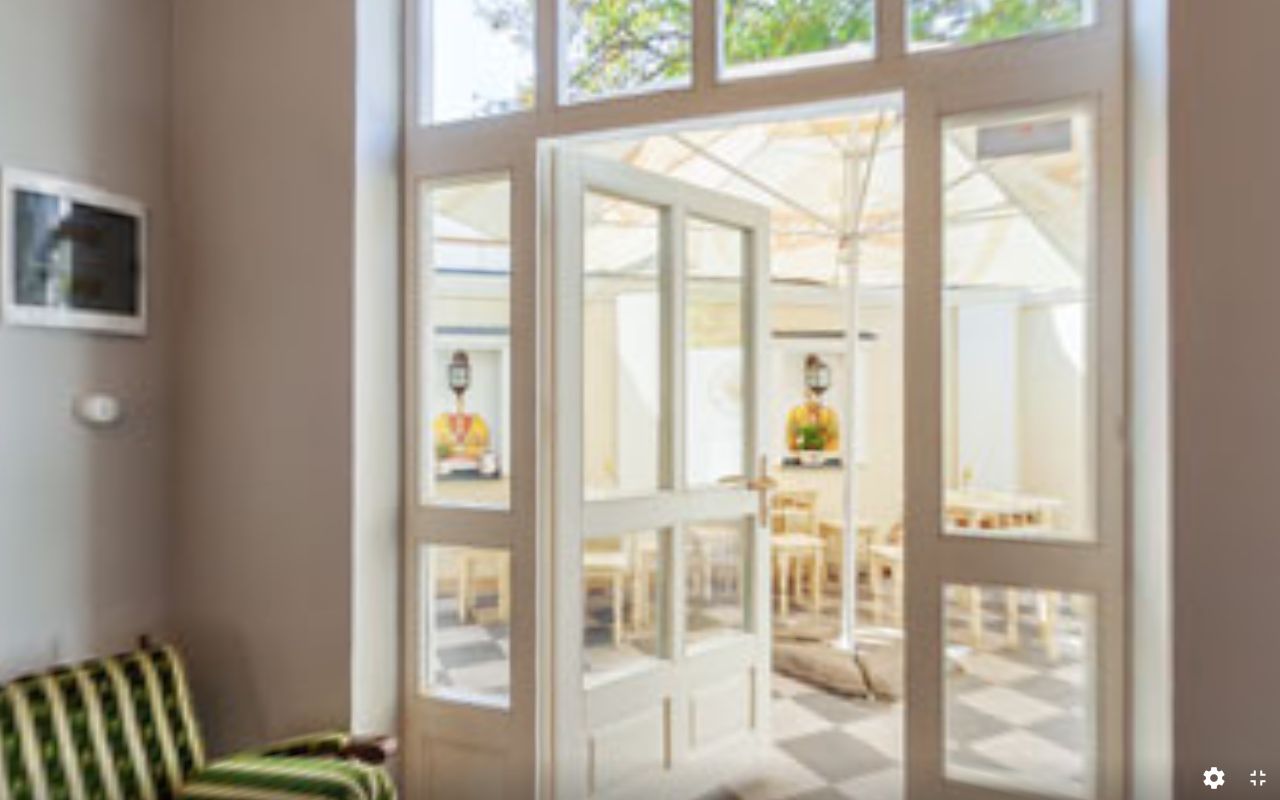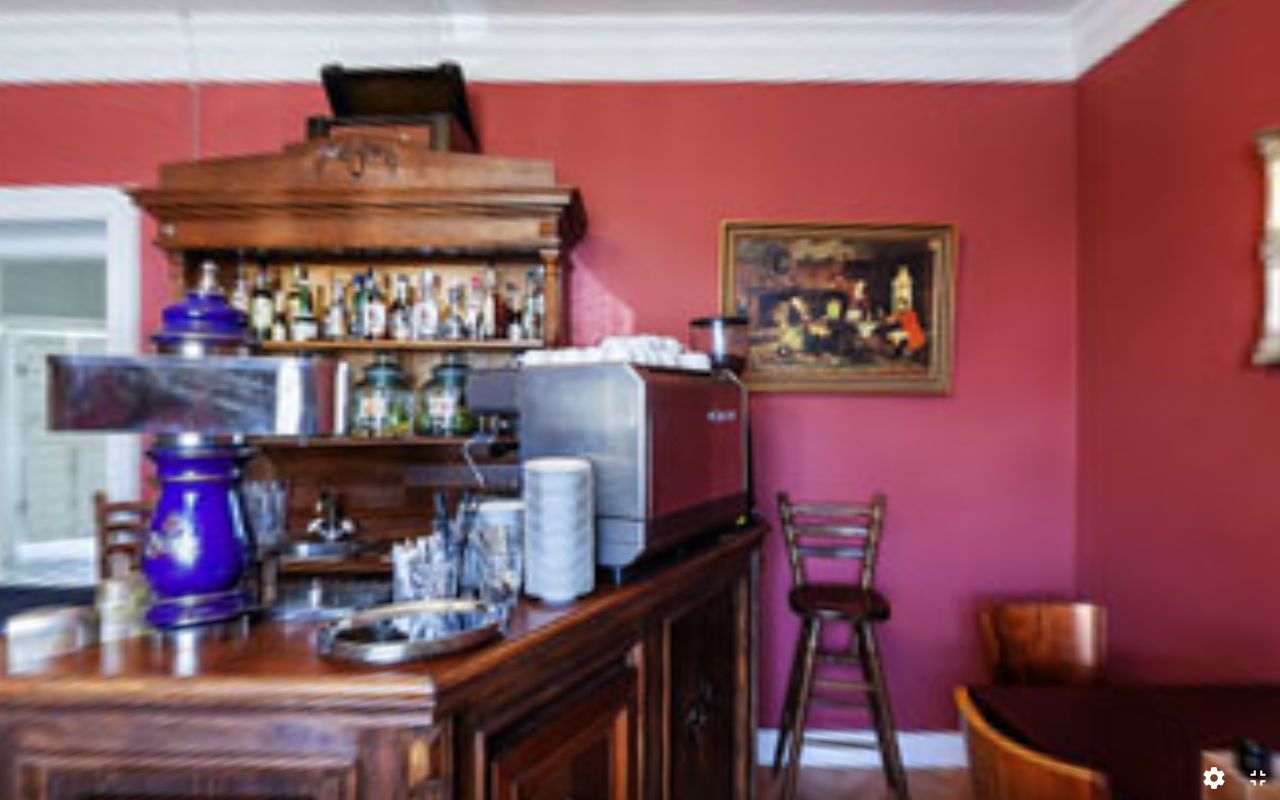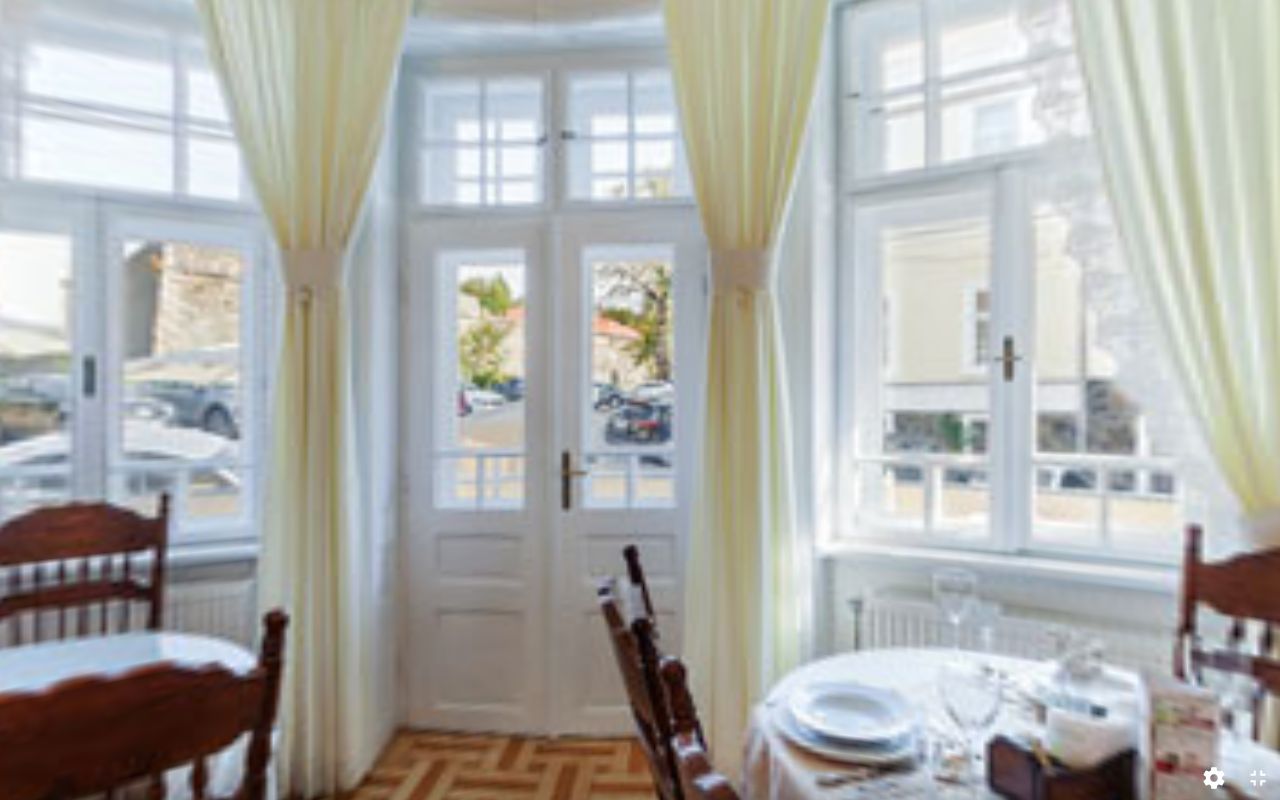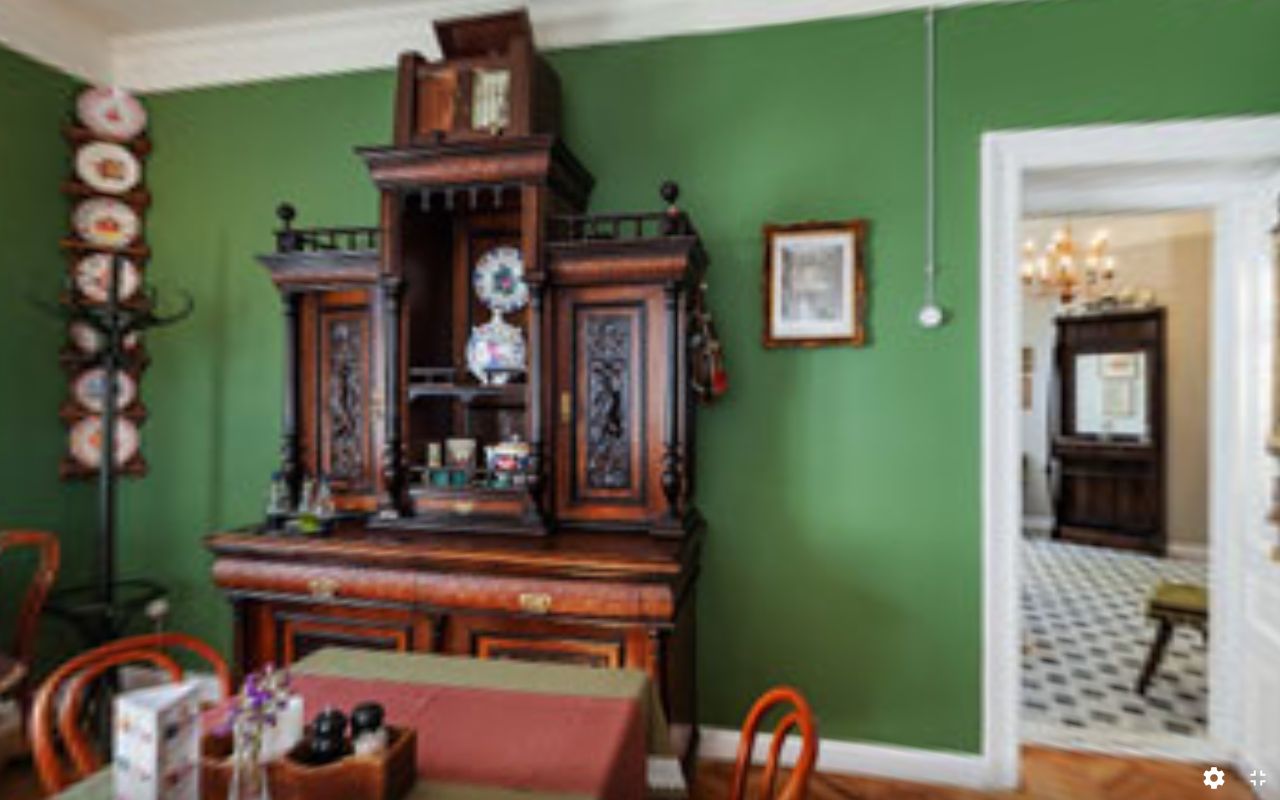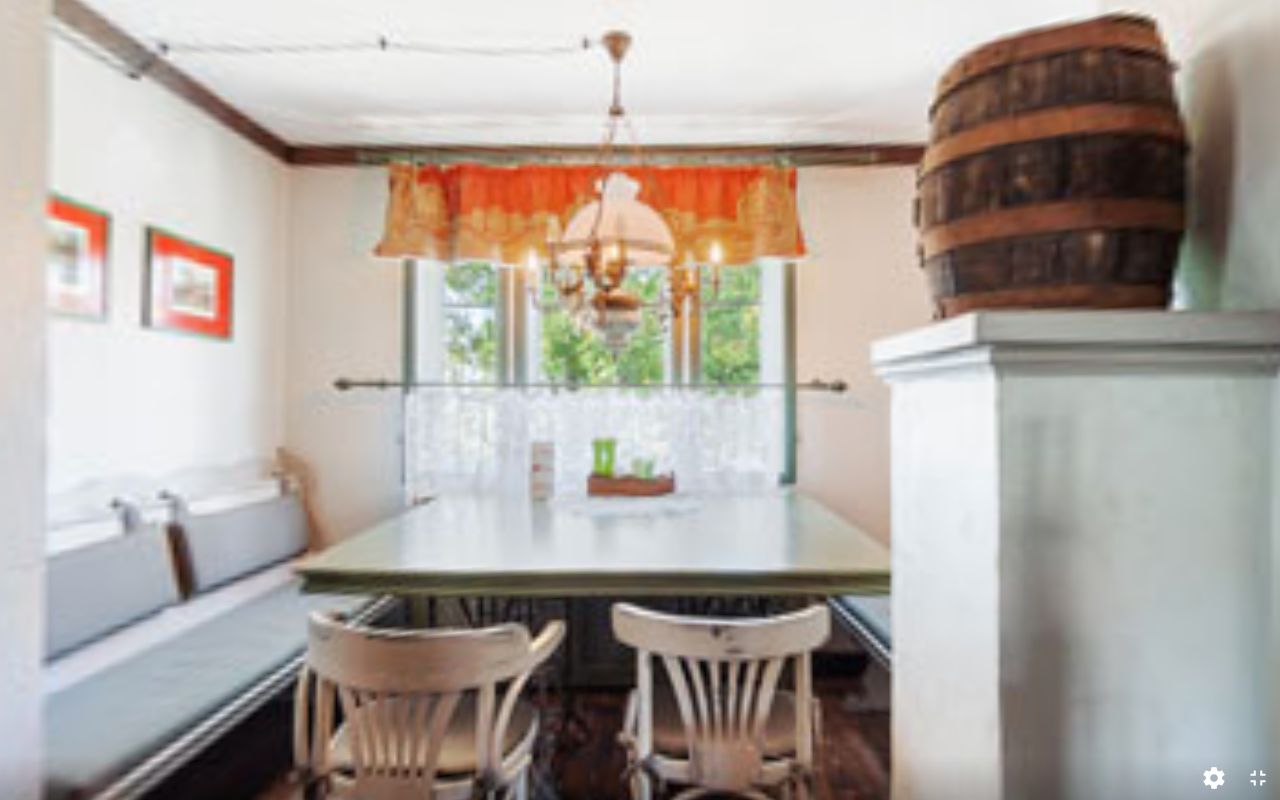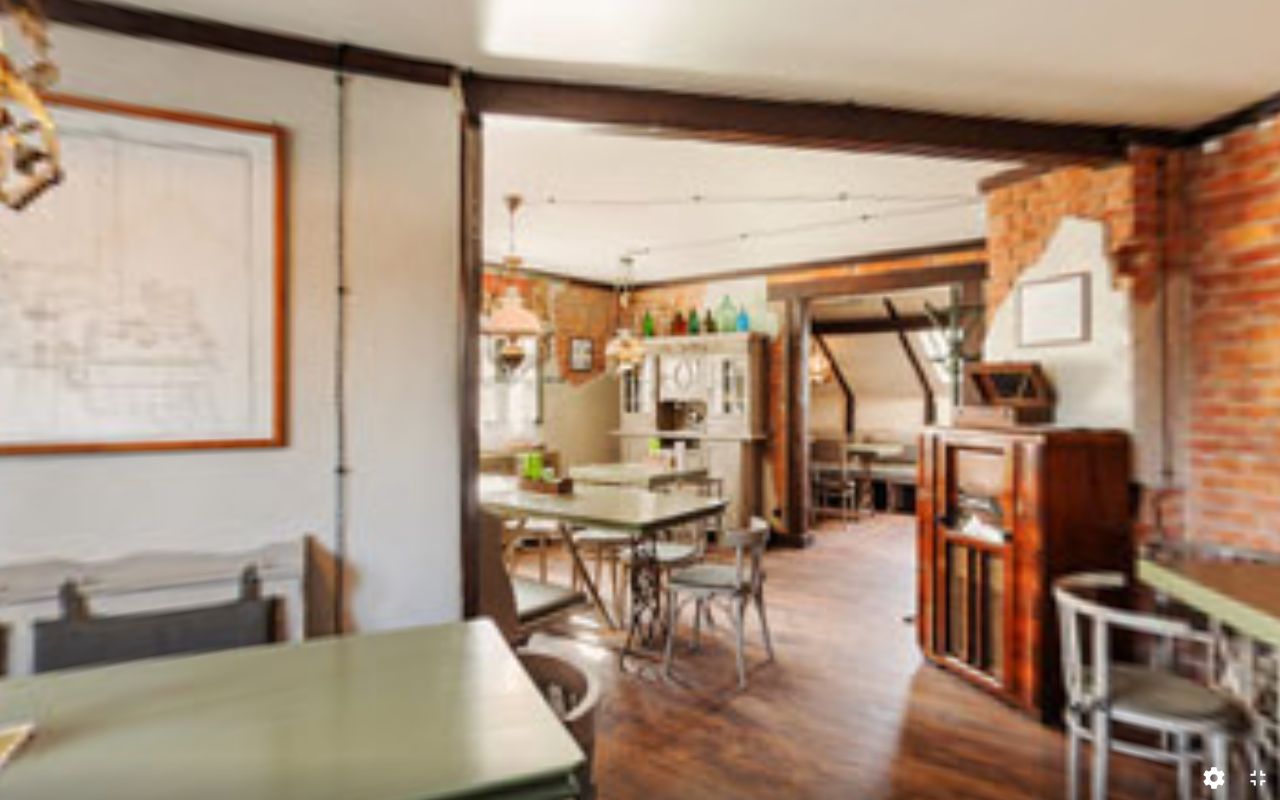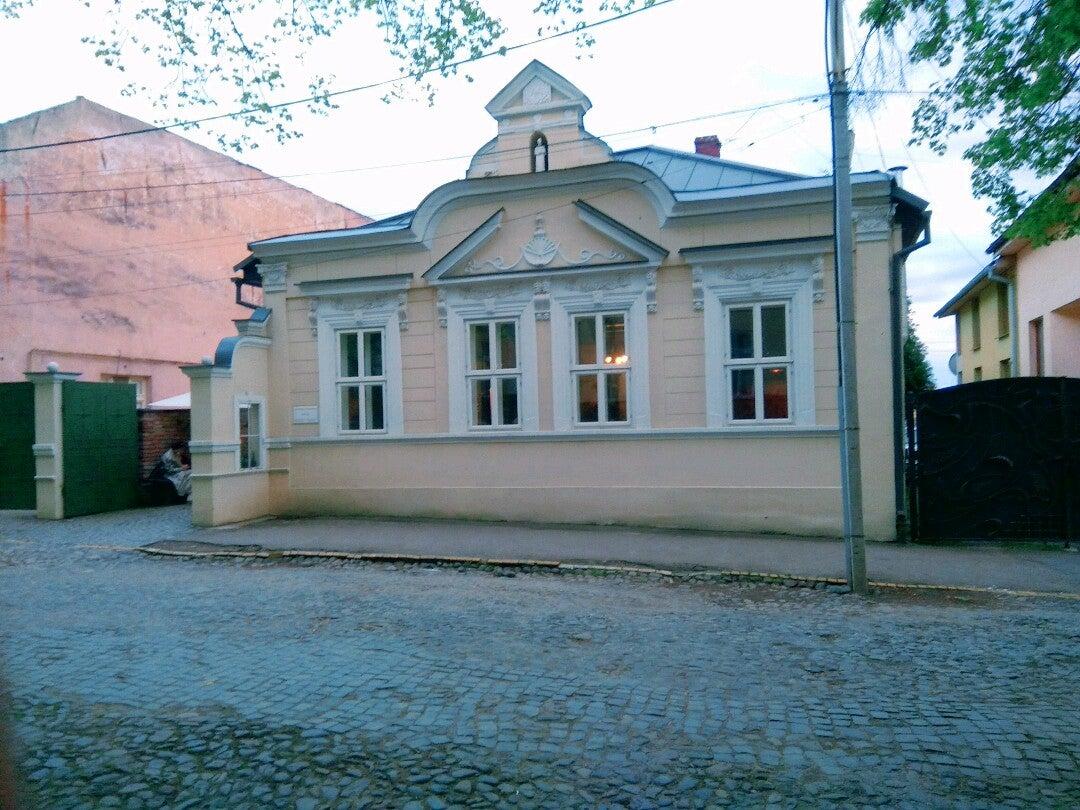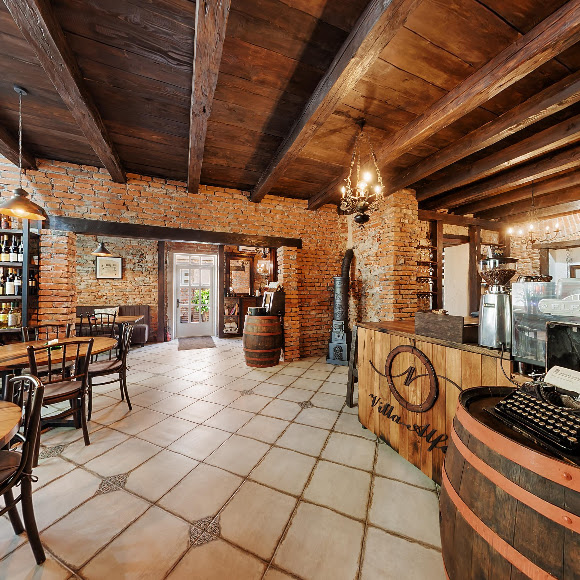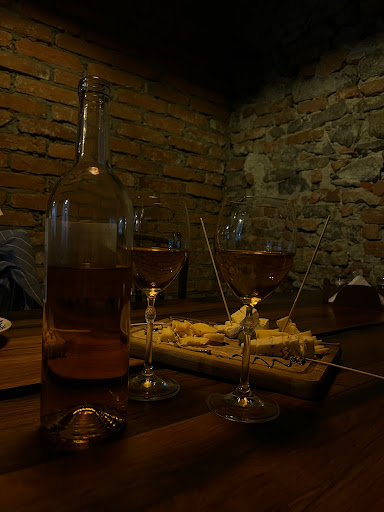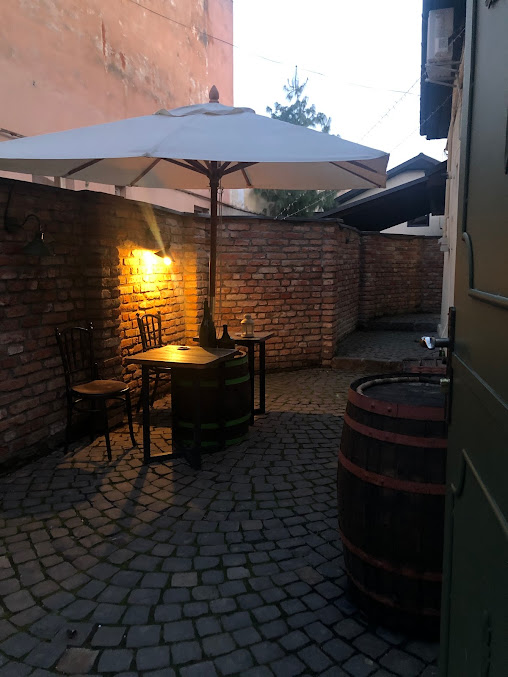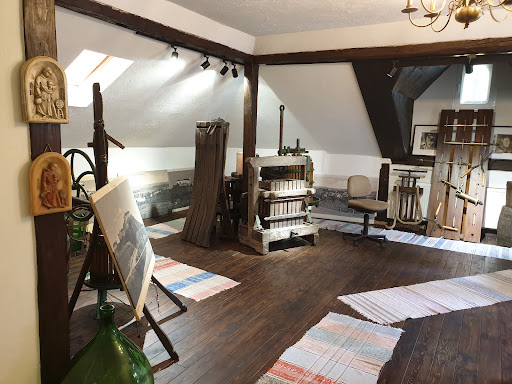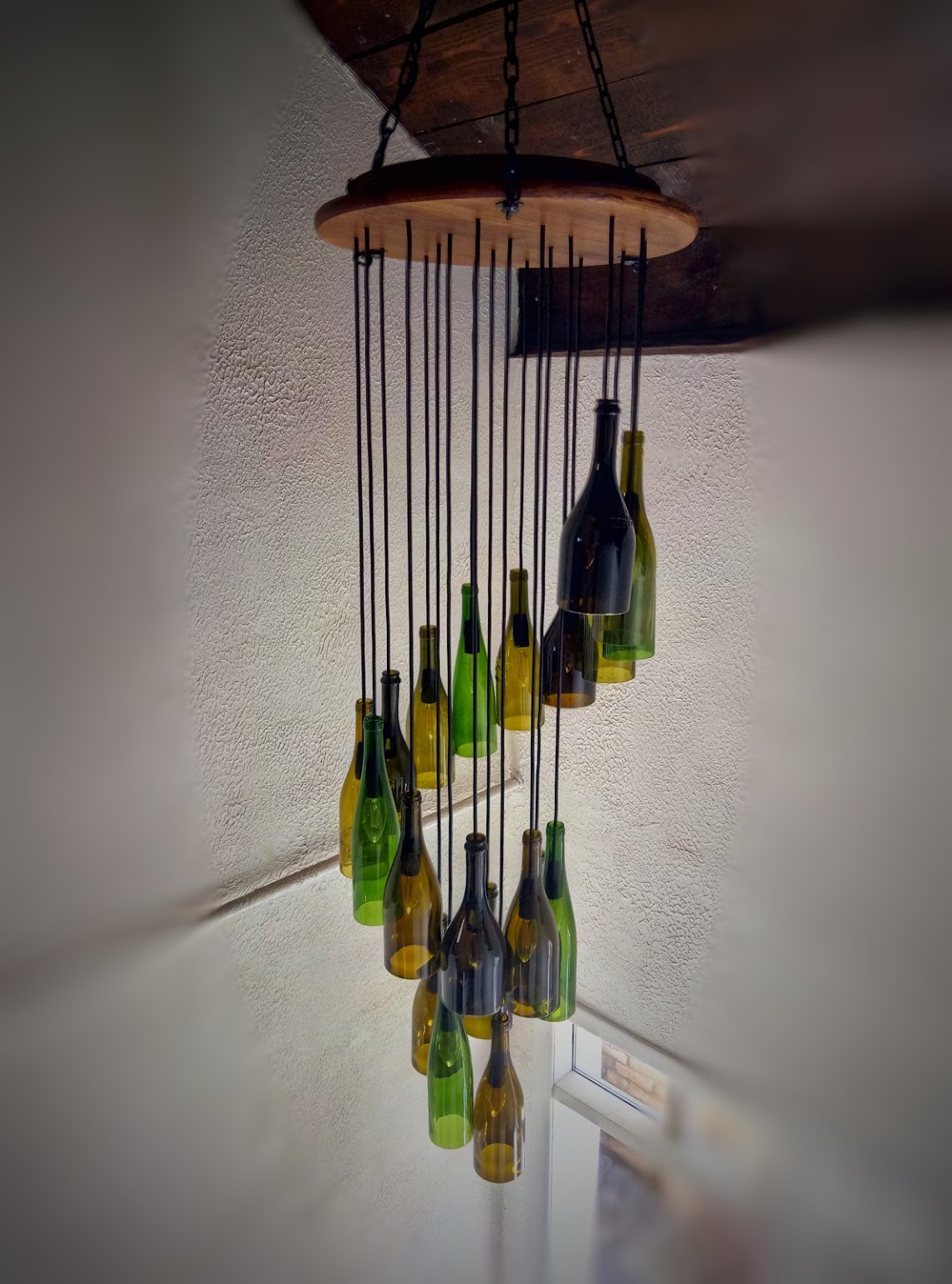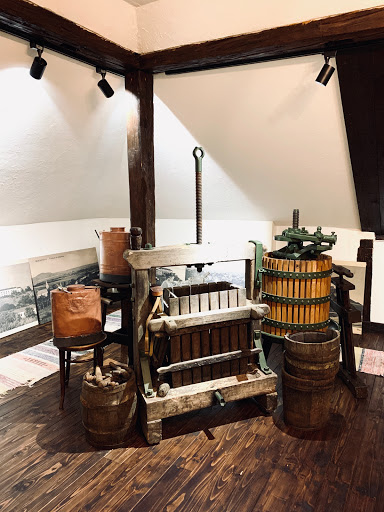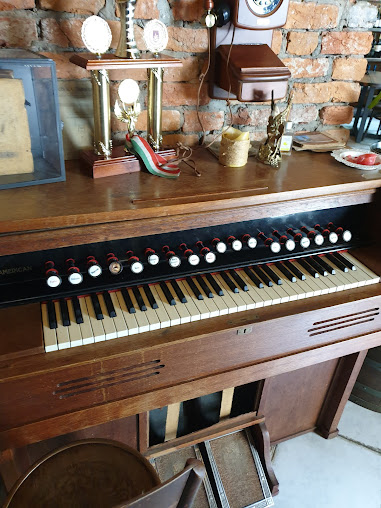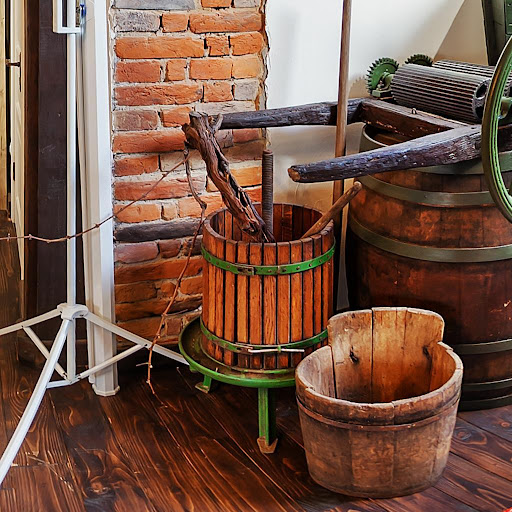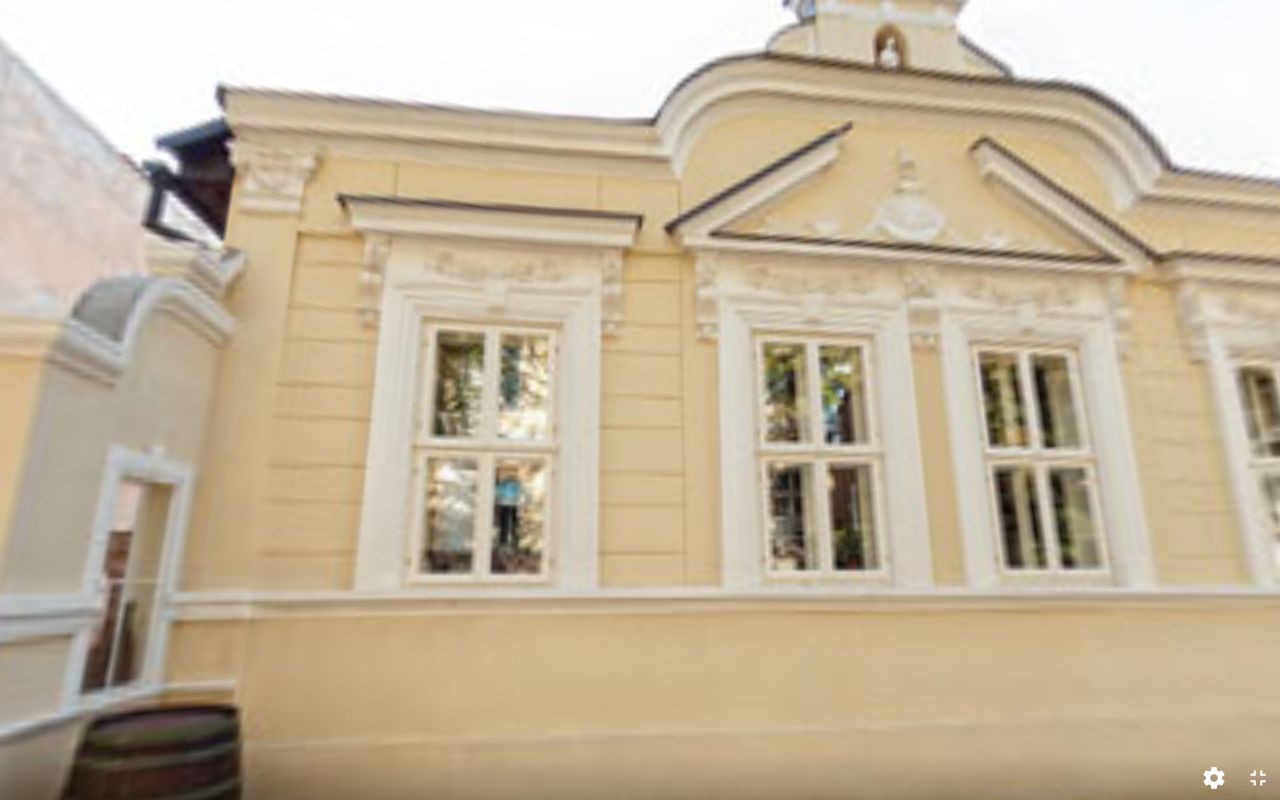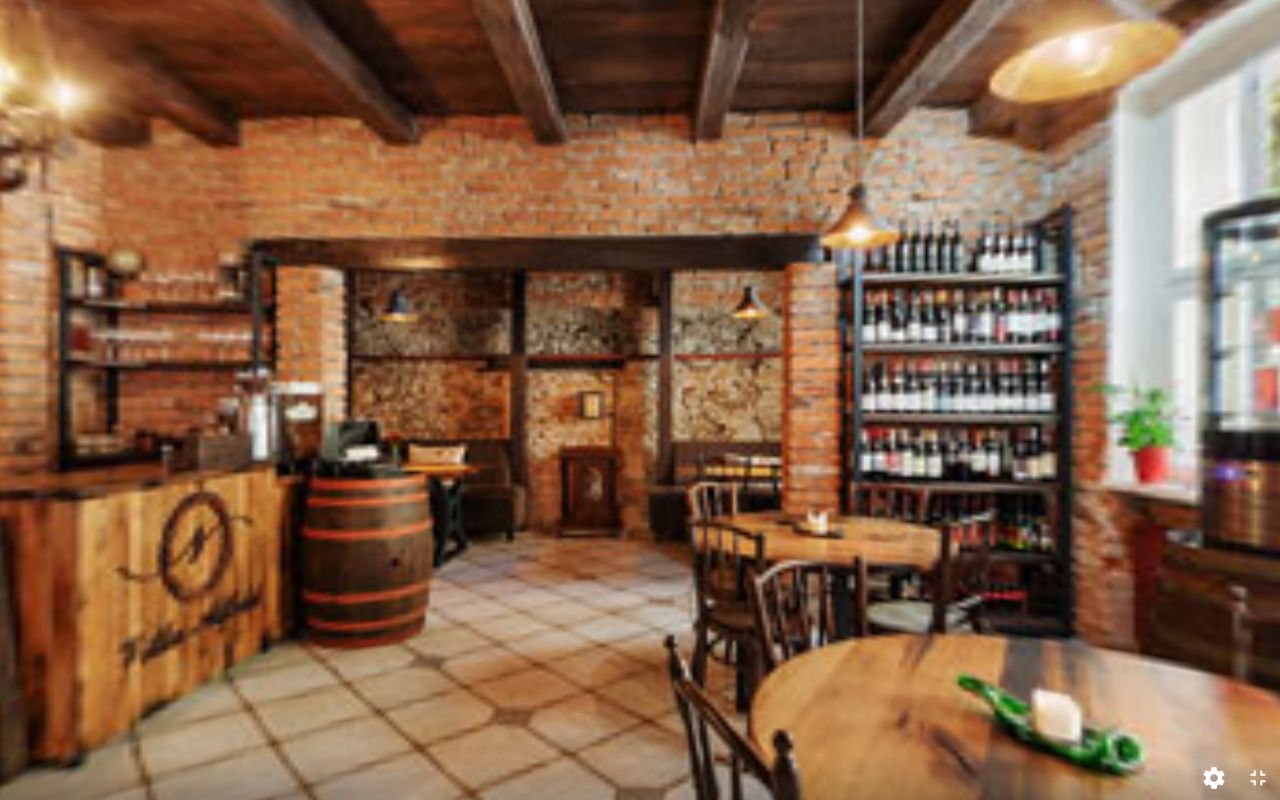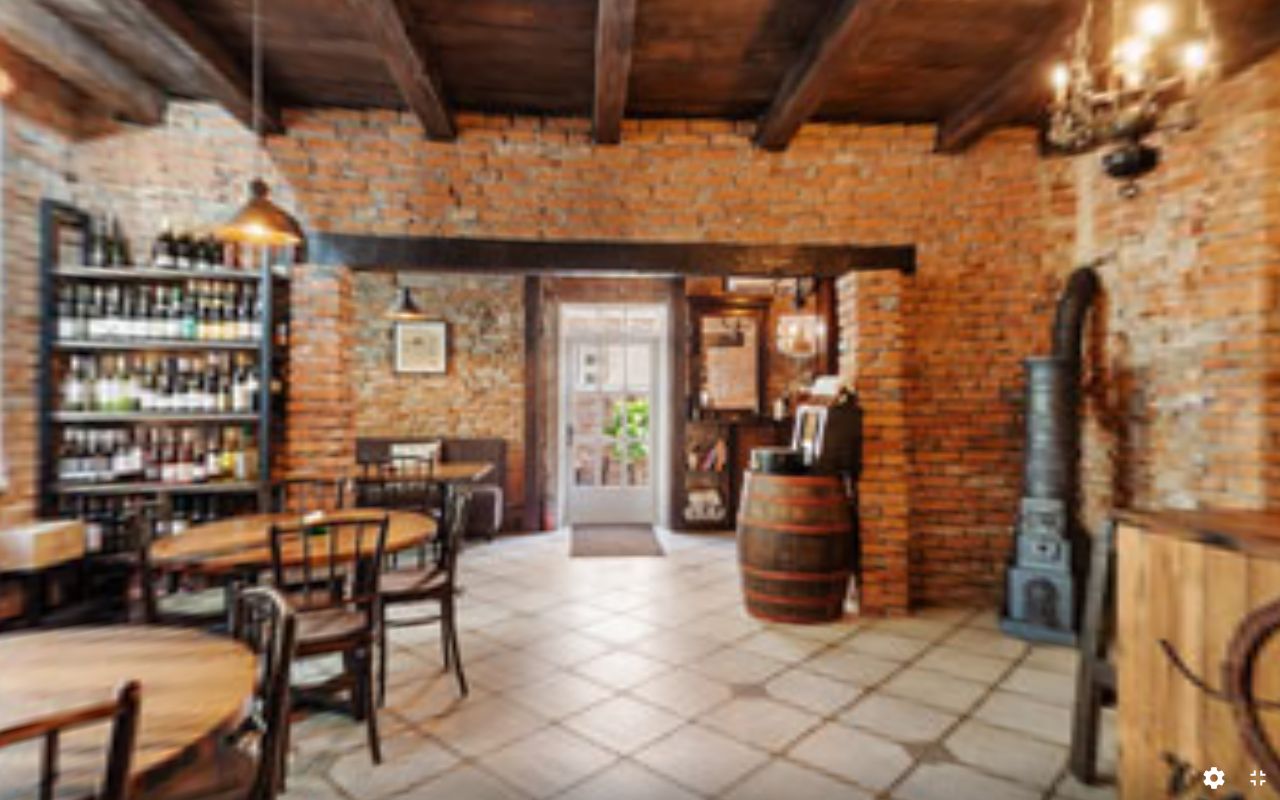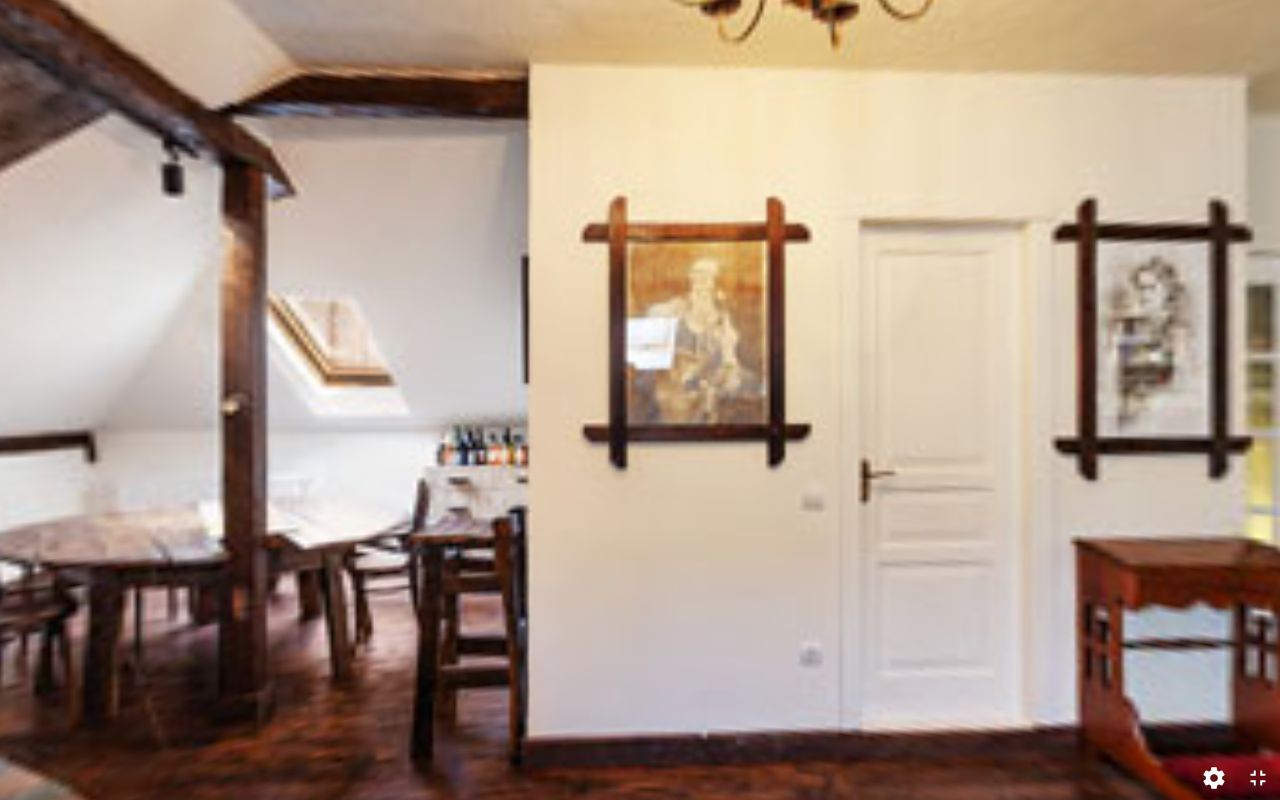
Villa P is an aristocratic residence in the historical center of the thousand-year-old city of Uzhgorod, opposite the medieval Castle.
It was built of stone and brick in 1691 by the Hungarian noble family Ladanyi, on the site of the parish house of the oldest Roman Catholic church in the city, located nearby. During the years of Uzhgorod being a part of Hungary, Austria-Hungary, and Czechoslovakia, it changed several owners: according to the 1863 census, it belonged to the Sipos family, later it was owned by the Greek Catholic Church – the residence of the rector of the teachers' seminary was located here. After the Second World War, during the Soviet era, the church was banned. However, for some time, religious rites were held in the ancient cellars of Villa P. Later, the church property was confiscated and turned into a "communal house". This was the period of greatest decline of the building – it was almost destroyed.
In 2011, Villa P became the property of the Panov family. It was decided to carry out a complete restoration with maximum preservation of authenticity both in the architectural image and in the functional purpose of the building. This was the first project within the framework of the "Renaissance of Castle Hill" concept, which aims to renovate manors in the historical center of Uzhgorod, the author of which is Alen Panov, Doctor of Philosophy, lawyer, and diplomat. In 2013, after a complete restoration, the first boutique hotel in the city, Villa P., opened its doors.
At Villa P you will find 8 comfortable apartments with an individual interior. Each room contains natural wooden furniture from Transcarpathian white beech, made to order, as well as paintings painted especially for Villa P. Salon of Three Portraits, with an ancient tiled stove, spacious halls, authentic masonry elements and spiral staircases, the rooms are guaranteed to transport you to the atmosphere of an aristocratic residence of past centuries.
The real highlight of Villa P is its wine cellars, which have been preserved in their original form since the foundation
Website: http://www.villa-p.com.ua/
3D tour: https://karpaty3d.com/listing/dominiya-panovyh-u-3d/

